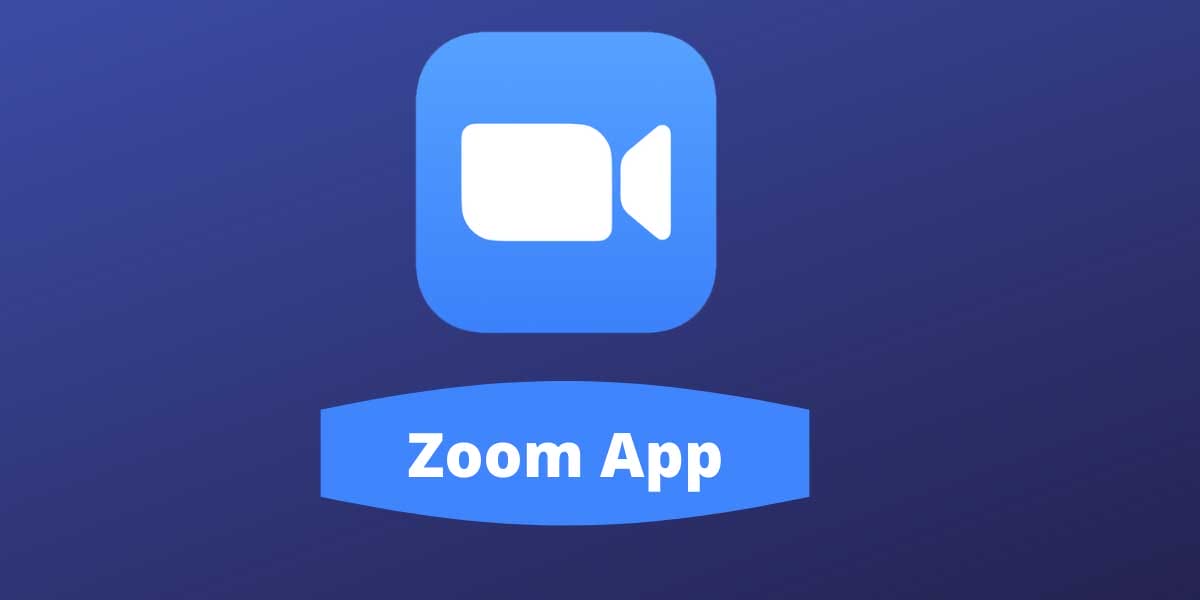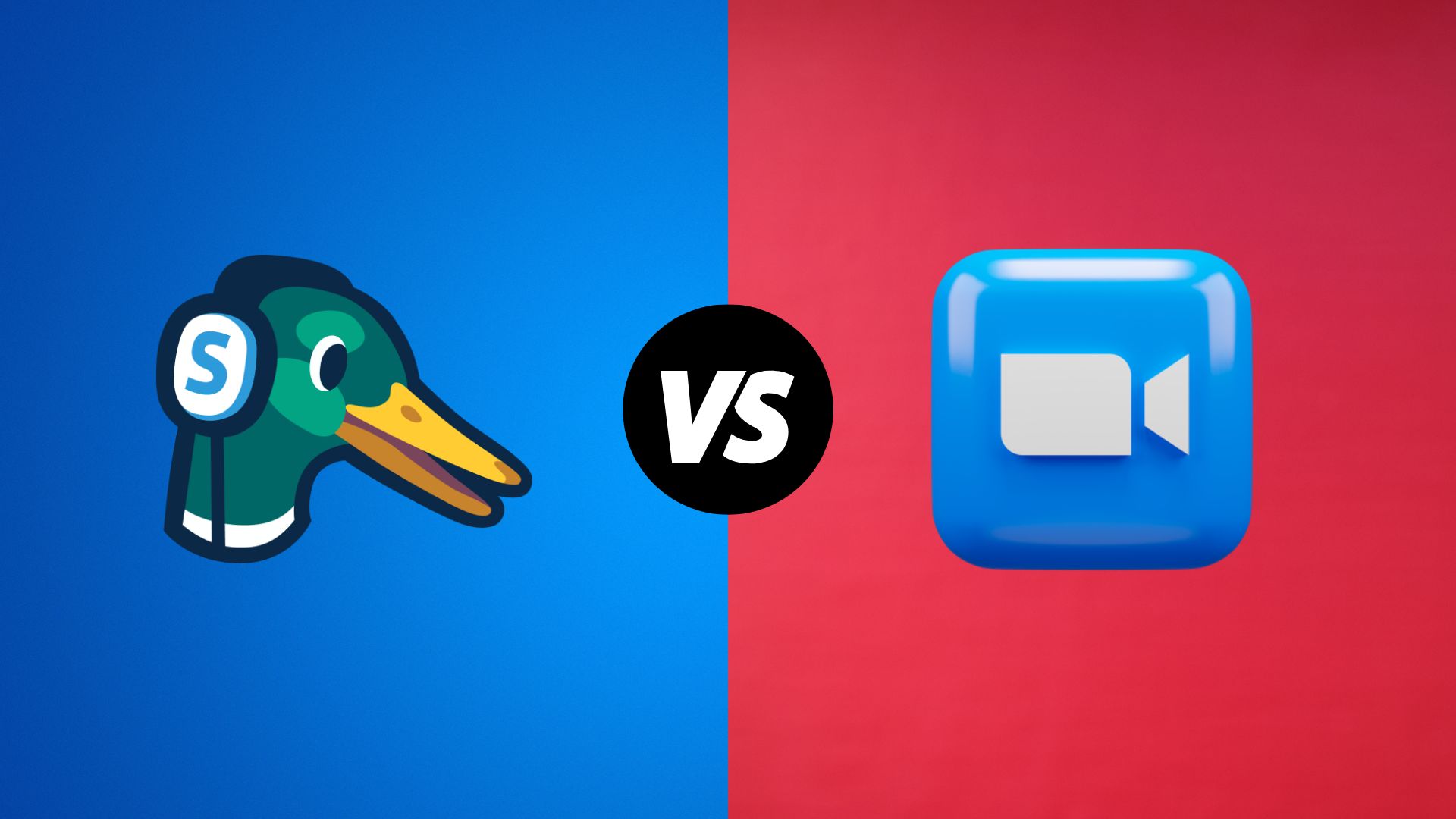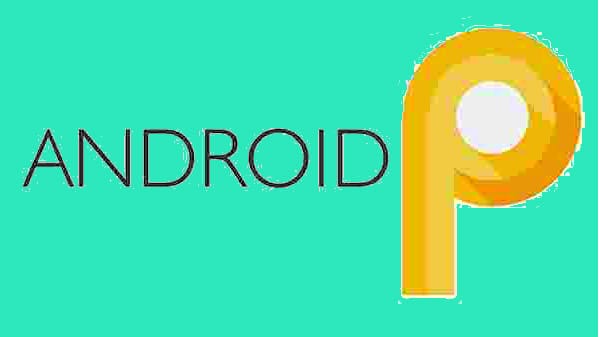Choosing the right platform for podcasting is crucial, and it’s not as simple as picking the most popular one – Streamyard or Zoom.
What works for others might not work for you.
Your podcast has unique needs, and you need a platform to meet them efficiently.
That’s where this Streamyard vs Zoom comparison post comes in.
That’s why I’ve compared Streamyard and Zoom side-by-side, analyzing the features required for your podcasting needs.
Let’s get started –
What is Streamyard?
Streamyard is an intuitive, browser-based live streaming application growing increasingly popular for its simplicity and productivity in podcasting.
Streamyard: Key Features
- Guest Invitations: Streamyard can host up to 10 participants in a single podcast session. Beyond that, the platform focuses on simplicity, with an easy-to-use interface that even non-technical podcast hosts can navigate comfortably.
- Platform Integration: Streamyard directly integrates with platforms like YouTube, Facebook, and LinkedIn. This allows podcasters to simultaneously broadcast live streams on multiple platforms without the need for extra encoding software.
- Engagement Tools: Streamyard has a live viewer comments feature that can be pulled on-screen during live broadcasts. This can encourage audience interaction and engagement.
- Screen Sharing: A necessary feature for many podcasts, Streamyard’s screen sharing capacity is user-friendly and effective.
- Customization: Streamyard offers customization opportunities with its brand-themed templates for banners, overlays, and backgrounds. Podcasters can add logos, colors, and images for higher brand visibility.
What is Zoom?

Zoom is a widely recognized cloud-based video conferencing platform for online meetings, webinars, and virtual events. It is known for offering stable and interactive video calls with options for screen sharing, group messaging, and polls. Zoom has increasingly become a valuable tool for podcasting as well.
Zoom: Key Features
- Large Group Capacity: Zoom can support up to 1,000 attendees, depending on the licensing plan. This allows podcasters to host large-scale interviews, discussions, and virtual events within the platform.
- HD Video & Audio: The platform offers high-definition video and audio quality, ensuring your podcast captures clear visuals and sound.
- Meeting Recording: Zoom provides both cloud and local recording options, enabling podcasters to easily record and save entire meetings, interviews, or relevant segments.
- Screen Sharing & Annotation: Zoom’s screen-sharing capability allows users to share their screens while podcasting. The added annotation functionality enables participants to highlight or write on the shared screen, enhancing the podcast’s educational or informative aspect.
- Breakout Rooms: Zoom’s breakout rooms feature lets the host split participants into smaller groups for focused discussions or brainstorming sessions—a unique feature not present in other podcasting tools.
- Virtual Backgrounds: Zoom allows setting virtual backgrounds to help podcasters create a more consistent visual environment, even when recording in different physical locations.
Why You Should Use Streamyard for Podcasting?
Streamyard offers a range of benefits to podcasters, helping streamline the process, enhance audience engagement, and elevate their podcast presence.
Ease of Use
Streamyard’s interface is straightforward and user-friendly, making it easy for podcasters to start live streaming or recording within minutes. Even those with little experience or technical skills can navigate the platform effectively.
Browser-Based Access
Being a browser-based solution, Streamyard requires no downloads or installations. This means podcasters can maintain a lightweight setup, work from any device with internet access, and ensure guests face no technical barriers when joining a podcast session.
High-Quality Audio and Video Recording
Streamyard enables podcasters to record both audio and video in high quality. The platform automatically adjusts video and audio quality based on the user’s internet connection, ensuring optimal performance and a crisp output.
Multiple Platform Broadcasting
Simultaneously streaming on multiple platforms greatly increases the reach of your podcast. Streamyard’s integrations with various platforms, such as YouTube, Facebook, and Twitch, allow podcasters to broaden their audience base with minimal effort.
Audience Engagement Features
Streamyard’s live comments and graphic overlays make it easier for podcast hosts to engage with their audience in real time, making the podcast experience more interactive and enjoyable for listeners.
Custom Branding Options
The customization features offered by Streamyard help podcasters maintain a consistent brand identity. This allows them to create a recognizable and cohesive visual experience for their audience.
Compatibility with Third-Party Tools
Streamyard’s compatibility with widely-used third-party tools, such as OBS, vMix, and XSplit, enables podcasters to expand on Streamyard’s functionality if required, bringing the best of both worlds to their podcasting toolkit.
Why You Shouldn’t Use Streamyard for Podcasting?
Like any platform, Streamyard also has its limitations. Here are some potential drawbacks to consider when using Streamyard for podcasting.
Limited Free Version
The free version of Streamyard has several limitations, such as branding watermarks, maximum streaming limits per month, and restricted access to certain features like HD streaming or multistreaming. To enjoy unrestricted access to these features, podcasters must opt for the paid plan.
Dependence on Internet Connection
Streamyard is browser-based and operates via an Internet connection, meaning its performance heavily depends on the quality of your Internet connection. If it is unstable or slow, you might encounter issues with streaming quality.
Lacks Advanced Editing Features
Streamyard focuses on ease of use and simplicity which can also be seen as a limitation. It lacks advanced editing tools and features that other platforms provide. You will need separate editing software if your podcasts have complex video edits.
Guest Limitation
Streamyard can host up to 10 participants in a live stream or recording. While this may be sufficient for most podcasts, large-panel discussions may require more capacity.
Pricing
Compared to other alternatives, Streamyard’s pricing plans can be slightly on the higher side, especially if you require access to more advanced features.
No Dedicated Audio Podcast Option
Streamyard may not be ideal for podcasters focusing solely on audio podcasts, as it primarily aims at live streaming and video conferencing. You’ll still have to extract audio from the video recording for your podcast.
Why You Should Use Zoom for Podcasting?
Zoom’s powerful collaboration features and flexibility have made it popular for podcasters. Here are some reasons why it can be beneficial for podcasting:
High-Quality Audio and Video
Zoom allows recording in high-quality audio and video, which is vital for producing professional-quality podcasts.
Cross-Platform Compatibility
Zoom is compatible with various devices, enhancing accessibility for podcast hosts, guests, and listeners.
Meeting Recording
Zoom’s robust options for meeting recording, both local and cloud, make it easier for podcasters to record, store, and distribute podcast episodes.
Large Group Capacity
Zoom’s capacity to host many participants makes it suitable for large round-table discussions or interviews.
Breakout Rooms
The breakout rooms feature can provide big advantages for specific podcast formats allowing for focused group discussions.
Screen Sharing
This can be hugely beneficial for tutorial-based podcasts or require visual aids for the audience to grasp the topic better.
Why You Shouldn’t Use Zoom for Podcasting?
Despite its many benefits, Zoom has its drawbacks when used for podcasting:
Limited Free Version
Zoom’s free version has a limit on meeting duration (40 minutes) and features, necessitating an upgrade to a paid plan for serious podcasters.
Audio Splitting
Zoom doesn’t offer a straightforward way to record each participant’s audio separately, which could pose problems during the editing and mixing.
Background Noise Challenges
As Zoom isn’t specifically designed for podcasting, it misses some optimized audio settings, such as advanced noise-canceling features, which can sometimes lead to lower audio quality due to background noise.
Video Recording is Not Optional
Zoom recordings are always in video form, which means if you want an audio-only podcast, you have to extract the audio from the video recording post-session.
Inadequate Customization Options
Unlike some other platforms, Zoom’s customization options are limited, which might restrict the creation of a unique, branded podcasting environment.

Streamyard vs Zoom: Side-by-Side Comparison
| Criteria | Streamyard | Zoom |
|---|---|---|
| Audio and Video Quality | Offers high-quality audio and video. Adjusts to the user’s internet connection. | Provides high-definition audio and video. Stable for long sessions. |
| Ease of Use | Known for its clean, intuitive interface. User-friendly. | Familiar and simple to use. Straightforward options. |
| Pricing | Free limited version. Paid yearly plans – Basic ($20/month), Professional ($39/month). | Limited free tier. Paid tiers start at $14.99/month/host. |
| Platform Integration | Allows simultaneous streaming on multiple platforms like YouTube, Facebook, and Twitch. | Does not support direct multistreaming. Possible via third-party services. |
| Recording Options | Records in video format. A separate tool is needed for audio-only podcasts. | Also recorded in video. A separate tool is needed for audio-only episodes. |
| User Capacity | Can host up to 10 guests. | Depending on the plan, it can host a larger number (up to 1,000). |
| Editing & Customization | Allows customization of live streams. Lacks advanced editing. | Lacks advanced editing and advanced customization options. |
Ending Points
So, that’s it.
I’ve compared Streamyard and Zoom, considering all the key factors important for podcasting.
Now, you have to sort your priorities and requirements straight to figure out which app suits your podcasting style.
Meanwhile, if you need to market your podcast, here’s a guide to help all podcasters.



